The Philodendron Xanadu is an attractive plant that has spiky green leaves that give a jungle vibe. This plant is fairly simple to grow.
Philodendron Xanadu grows native in Brazil. It grows well in most tropical climates as a landscape plant. The Xanadu thrives as an indoor houseplant with the proper care.
Like many Philodendron houseplants, the Xanadu prefers medium to bright indirect light and moderately moist soil. Common problems with this plant include yellowing leaves, fungi, and pests.
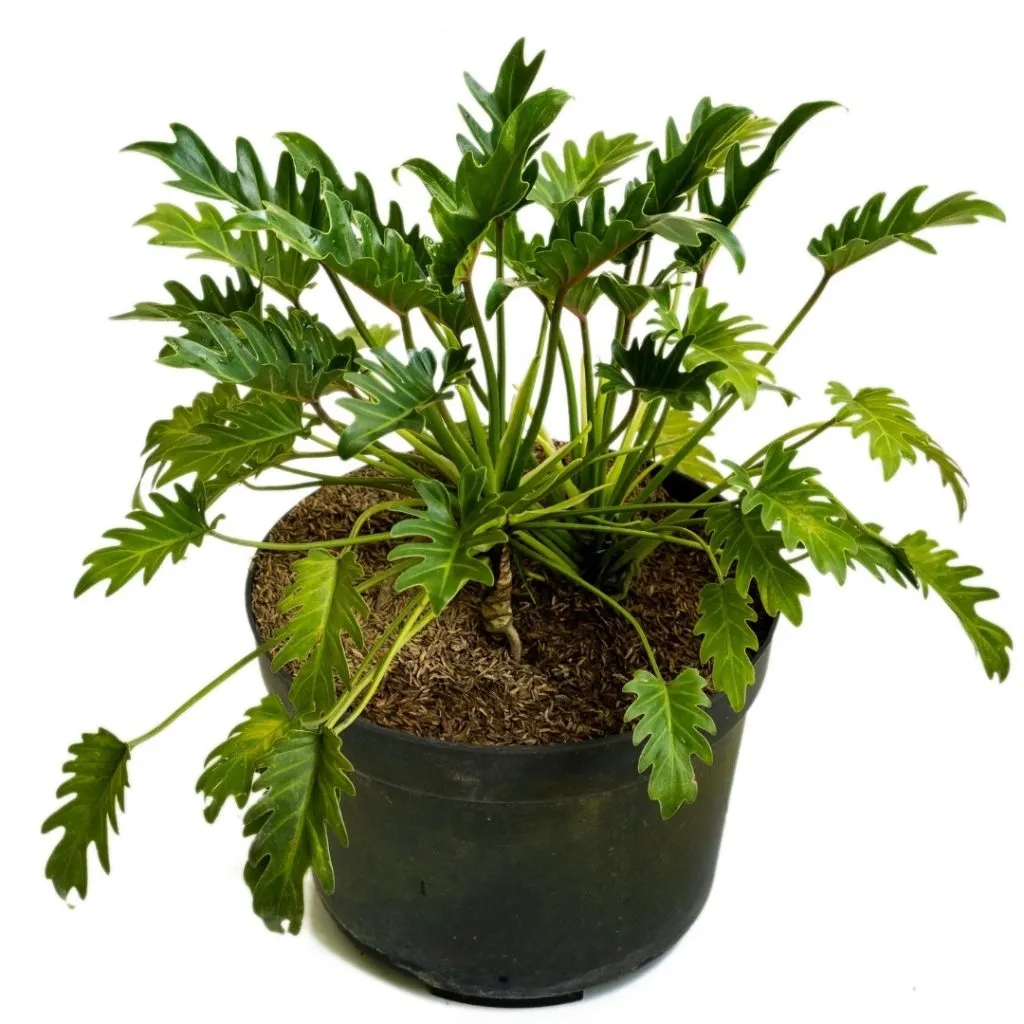
Yellowing leaves on this plant happen for a number of reasons. Some of the most common are, too much direct light exposure, overwatering, old leaves, and pest infestation. If you have yellow leaves on your Xanadu, make sure to troubleshoot each of these areas.
Popular Philodendrons
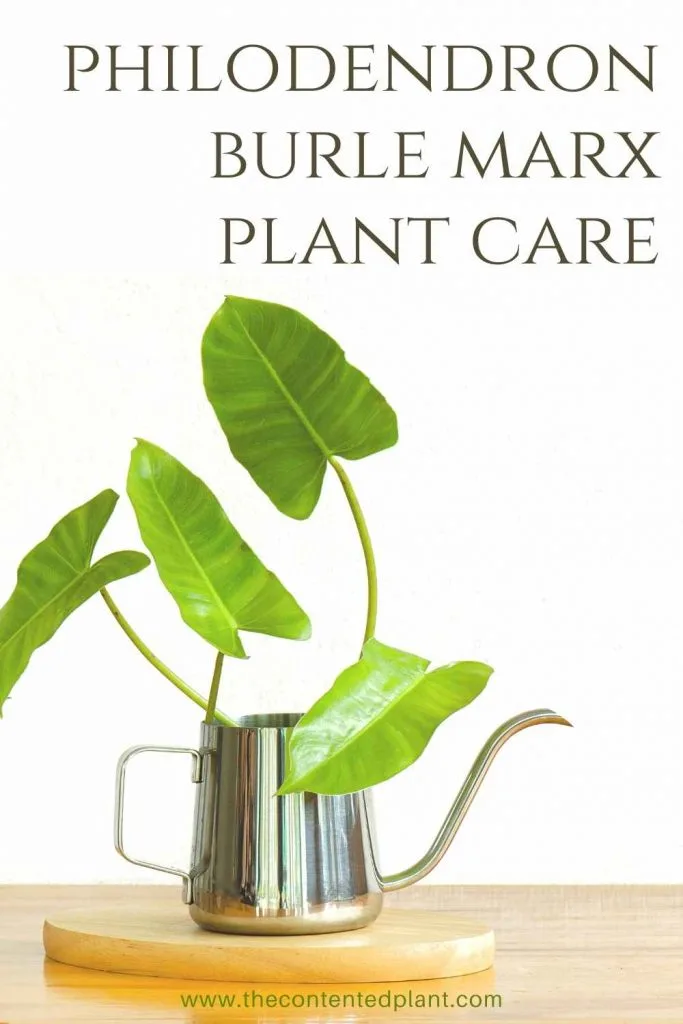
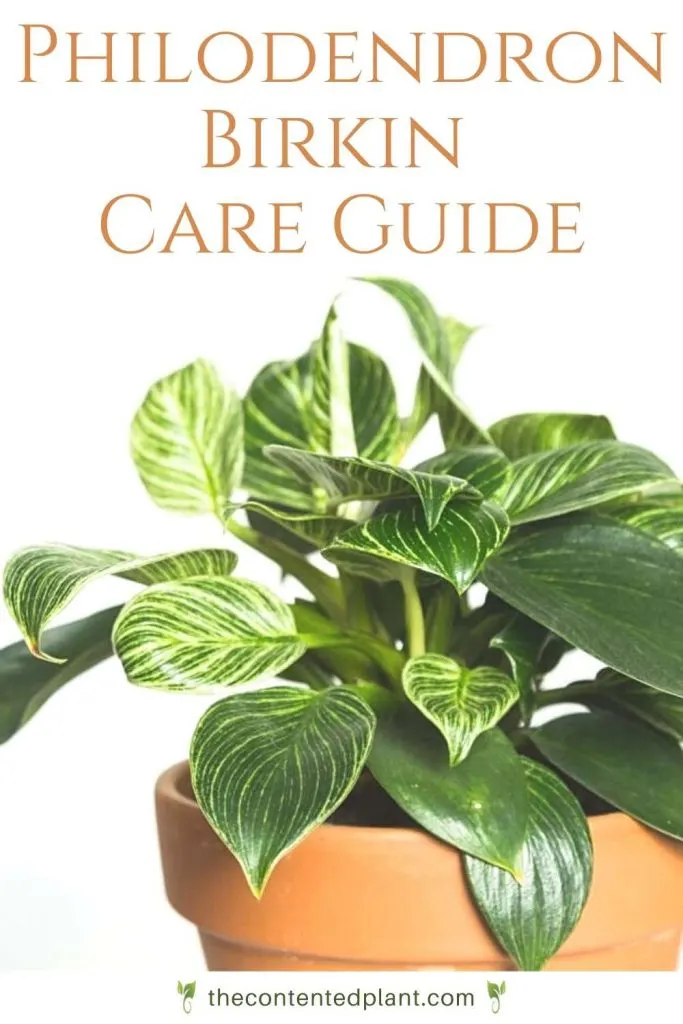
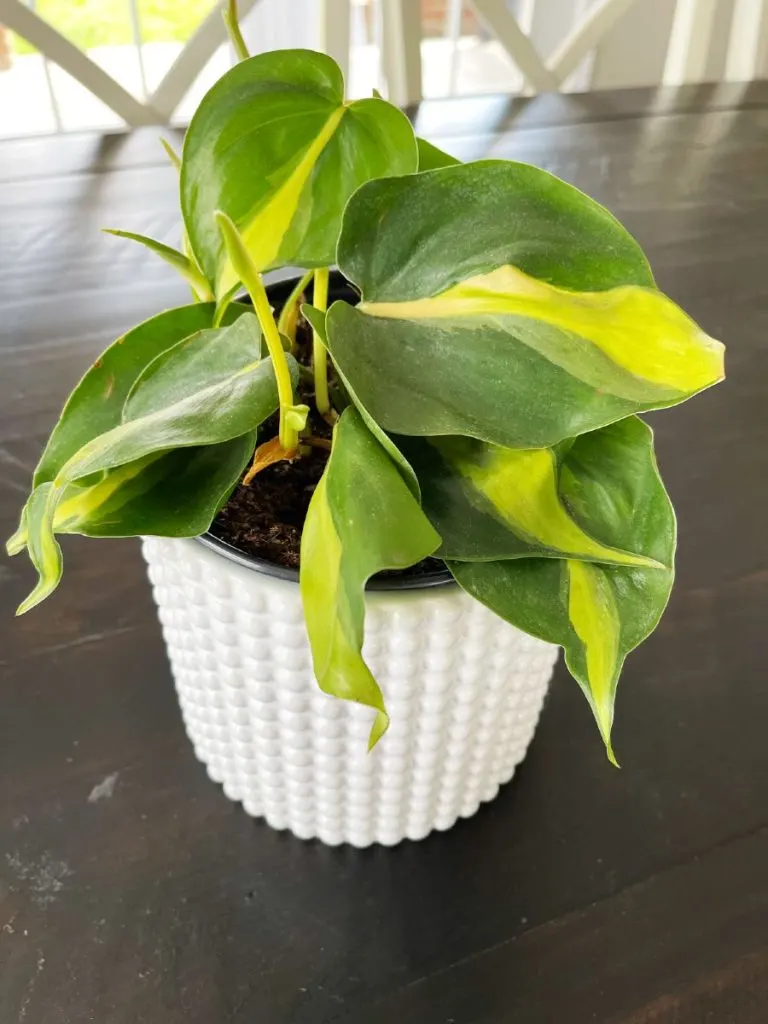
You can grow this philodendron outdoors in mild climates. This is a lovely plant for a garden or an outdoor container. If you live in an area that does gets cold enough to frost, bring your Xanadu indoors for the winter.
A common problem with this plant can be fungi. Avoid letting the top of the soil to get too wet. Evenly moist soil is fine. Soaking wet soil attracts fungus and fungus gnats.

If you see little spots on the leaves of the Xanadu, it could be fungal spots. Do not pour water directly onto the leaves. Water the soil at the base of the plant. If you do get the leaves wet, gently dry them off with a soft cloth.
Keep your plant happy and healthy by reading through the care guide below. We have compiled the top care tips to keep your Xanadu growing and thriving.
Philodendron Xanadu Care Guide
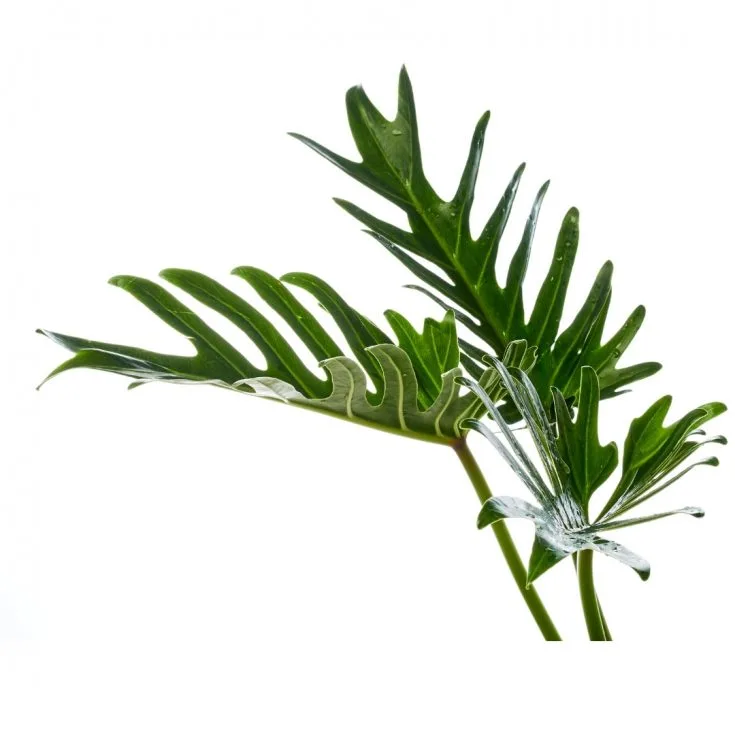
The Philodendron Xanadu is a stylish plant with spiky green leaves
This lovely plant grows to about three feet tall as a houseplant in a bushy upright shape.
This Care Guide will teach you how to keep this tropical Aroid happy all through the year.
Materials
Instructions
Soil Preference:
- This aroid requires a light soil.
- A mix of potting soil, perlite and orchid bark will keep the roots happiest.
- Here is our mix.
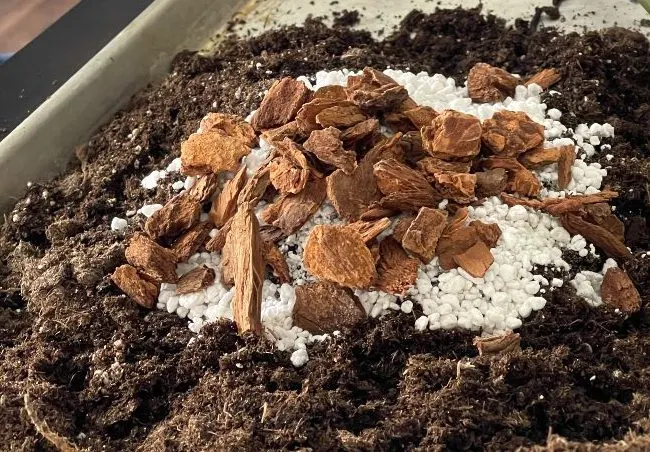
- Two parts potting soil to two parts perlite to one part orchid bark.
- This plant also does well in moss or peat substrates
- A heavy soil potting mix is not recommended for aroids.
Pot Size and Type:
- The Philodendron Xanadu can be grown in relatively small pots since they are fairly slow growers.
- If you want to encourage faster growth choose a pot about 2 inches wider in diameter than the current pot.
- Any well drained pot can be used. It MUST have drainage.
- Repot every second year or when roots come out the drainage holes on the pot bottom To the next pot size up.
- Don't jump to a huge pot from a small one unless you wish to encourage faster growth. Just go to the next size up pot.
Lighting:
- The Xanadu enjoys bright indirect or dappled light.
It will tolerate lower indirect light it if has some brighter moments in the day. - Some filtered sunlight from a window will be appreciated.
- Shield this aroid from strong direct light in summer south and west sunny windows. The leaves will burn and turn a pale color with some yellowing
- Tip: Window sheers or blinds can offset some brief periods of high direct light.
Watering:
- Water your plant when the top 2 inches of soil is dry. Aroids do not like to be overly wet. Try a watering schedule of every other week.
- Watering is best done on a regular schedule so the plant is not over or under watered. Both can cause stress on the plant.
- This tropical plant enjoys humidity. In dry climates this Philodendron will thrive with a humidifier nearby. OR use a pebble tray under the pot filled half way with water.
- In dormant winter months reduce watering to when the soil is dry.
- Never let this plant get wet feet. Water when the top 2 inches of soil are dry. If the soil is compacted the bottom of the soil can remain wet which encourages root rot. Heavy wet soils attract Fungus Gnats.
How to Fertilize:
- Apply a good quality fertilizer (linked in materials) monthly through Spring and summer.
- Decrease feedings by late Fall and allow the philodendron xanadu to rest through the winter months.
Temperature:
- Keep the plant at a low of 65 Degrees F. to upward of 85 Degrees F. It enjoys warmth and humidity.
Pests:
- The Xanadu is not fussy and resists pests. However all plants can get attacked by pests.
- Stress by longterm overwatering, poor light, extreme temperatures and soil conditions are contributors to plant stress..
- Spider mites, mealy bugs, scale, thrips and whitefly are the most common houseplant pests you will see.
- Read our post on how to get rid of aphids and other pests with our homemade pesticide soap recipe or neems oil.
- To minimize the possibility of pests be sure to check all nursery plants before bringing them home.
- Quarantine all new plants until you are sure no pests live in them.
- This plant is prone to fungus spots on leaves, avoid watering leaves. Water around the base of the plant only.
How to Propagate:
- Propagation is easily done through division
- Divide this plant when repotting
- Gently untangle roots from root ball
- You may need to slice the root ball in order to take a chunk of the plant off
- If you slice the root ball, make sure you are using a sharp sterilized knife.
- Plant gently and firmly into pot with proper soil mix.
- Make sure to keep the soil moist until the roots begin to set into the soil.
Follow Us:
Find us on YouTube, Instagram , Pinterest and TikTok! We love to Plant chat. We also comment, like and occasionally share your content to our daily stories. We’d love to see your plants. Share your joy in your houseplants. Happy Planting!
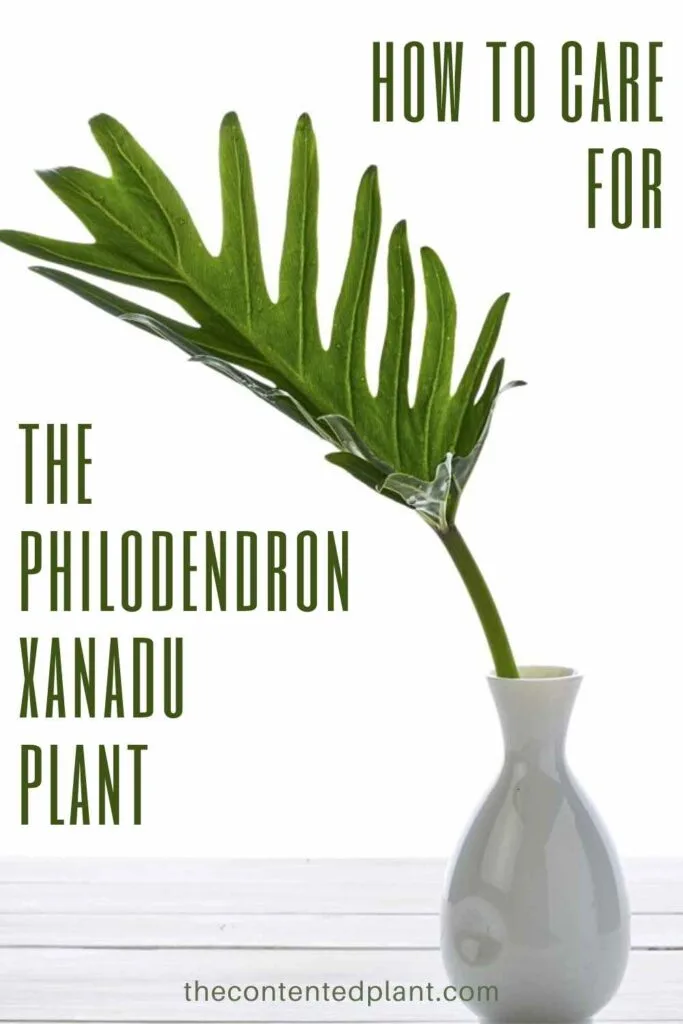
Read about this species of plant extensively here

Philodendron Hastatum Plant Care Guide - The Contented Plant
Tuesday 21st of June 2022
[…] Philodendron Xanadu […]
Philodendron Verrucosum Plant Care Guide - The Contented Plant
Friday 10th of June 2022
[…] Philodendron Xanadu […]
Snake Plant Care Guide-Sansevieria - The Contented Plant
Friday 22nd of April 2022
[…] Philodendron Xanadu […]
Philodendron Birkin Care Guide and Profile - The Contented Plant
Monday 18th of April 2022
[…] The Philodendron Xanadu […]